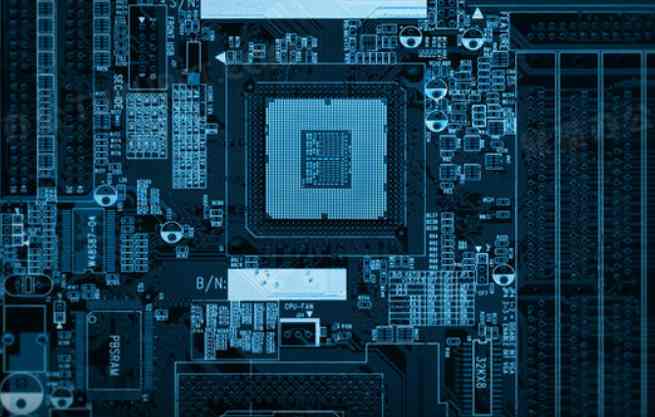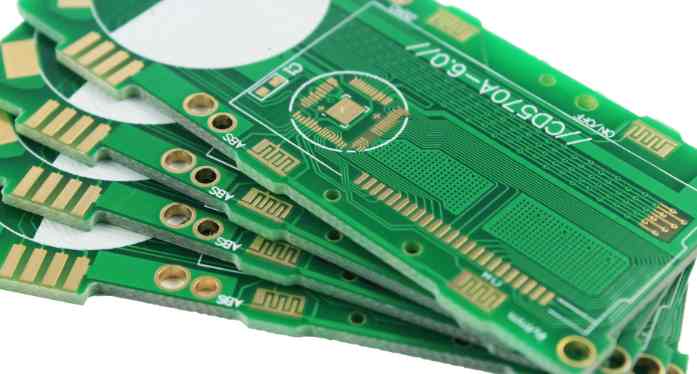
According to G3 comprehensive report: the PCB industry has more than 2,800 enterprises in the world, and the number of PCB industry enterprises in China is about 1,500, more than 50%. According to CPCA data statistics, China's PCB output value since 2006 has been ranked first in the world, from the output value of 100 billion yuan in 2006, 116.3 billion yuan in 2007, to the output value of 21.636 billion US dollars in 2012, accounting for 39.84% of the total global PCB output value, PCB output value in 2013 reached 159 billion yuan. About 22 billion US dollars, accounting for 41.4% of the global share.
Among them, PCB equipment as an important module of this industry, with the steady development of the PCB industry in recent years, driven by many factors such as foreign investment, the establishment of new enterprises, the technical transformation of old enterprises, and the expansion of old factories, its development speed is fast, the scale is gradually expanding, and the domestic PCB equipment market is rapidly expanding. The annual market capacity has exceeded 20% of the national PCB output value. It is expected that the market size will reach 48.8 billion yuan in 2015, and the compound annual growth rate during 2010 to 2015 will reach 11.0%, significantly higher than the growth level of 7.5% in the global market, showing the strong market growth potential of PCB equipment in China.
Synchronized with the continuous growth of PCB output value and the market expansion of instruments and equipment, the market share of domestic PCB instruments and equipment is also gradually expanding, with an annual increase of more than 30%, the self-sufficiency rate is rising rapidly, and in two or three years, it is estimated that the self-sufficiency rate will rise to 40% to 50%. The next decade will usher in a new era of opportunity.

Foreign PCB instruments and equipment occupy large market
China's PCB output value is the world's first, the number of enterprises is also the world's largest, but the production of instruments, equipment and raw and auxiliary materials and other key supporting industries are insufficient development, China's PCB equipment and PCB industry development is very similar, characterized by late start, low grade, not high technical content, although low-end equipment can replace imports, However, high-end equipment and testing instruments are mostly foreign monopolies, and the self-sufficiency rate is low. In 2010, the scale of domestic PCB instruments and equipment accounted for only 23.2% of the total output value of 125.2 billion yuan of PCB that year, and the market share of foreign equipment was about 80% (Prismark data).
Domestic PCB instruments and equipment are developing rapidly
Domestic PCB equipment investment more and more large, some special instruments and equipment in the strengthening, the relevant core technology has made a breakthrough, its products are better year by year, more and more professional, it is worth mentioning that there are a number of high-end instruments and equipment into the top PCB enterprises at home and abroad, and successfully gained a foothold, products have entered the forefront of the global relevant segments.
Domestic PCB equipment technology trend
As the PCB industry gradually develops in the direction of high density, high integration, fine line, small aperture, large capacity, thin and light, the technical content and complexity continue to improve, and the production difficulty is getting greater and greater, many PCB production must rely on advanced PCB equipment, and the requirements for instrument equipment will become higher and higher.
The new generation of PCB instruments and equipment should not only be able to complete the functional requirements of thin lines and small holes, but also tend to be more intelligent, automated, and the production efficiency is increased several times, and a large number of previous PCB manufacturing technologies are often integrated into PCB special instruments and equipment.
Without high-end instruments and equipment, it is absolutely impossible to produce high-end HDI, FPC, and IC carrier boards. Although there are a small number of well-developed PCB special instruments and equipment enterprises in China, in general, domestic high-end instruments and equipment are still lacking, resulting in the incomplete PCB industry chain in China. Therefore, China's PCB equipment enterprises need to further develop, increase investment in research and development, introduce and train professional technical personnel, improve the company's own level, improve the performance and quality of domestic PCB equipment, and improve the average level of domestic PCB equipment.
Future trend of domestic PCB instrument and equipment
Due to the late start of China's PCB industry, there is a certain gap compared with the development of Japan, Europe, the United States, Taiwan and other countries and regions, and vigorously develop domestic PCB equipment, will become the focus and core of the future development of China's national PCB industry.
According to the "2013-2018 China flexible printed circuit board market in-depth Analysis Report" released by the China Report Hall, the current Chinese PCB industry is also in a period of adjustment. However, under the cluster of downstream electronic terminal product manufacturing bases, mainland China will undoubtedly continue to become the world's largest production region, and the total output value is expected to reach 28.972 billion US dollars in 2017, accounting for 44.13% of the global PCB total output value.
Therefore, the future demand for PCB high-end equipment is large, which is an opportunity period for domestic PCB equipment enterprises, and the development of high-end equipment is imminent. As long as the performance and quality of domestic PCB instruments and equipment are similar, with the advantages of the local environment such as cost performance and after-sales service, to establish a national brand, domestic instruments and equipment account for a significant increase in market share is an inevitable trend.









